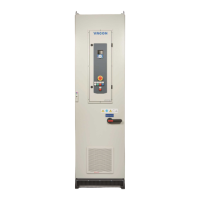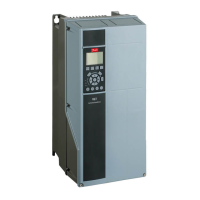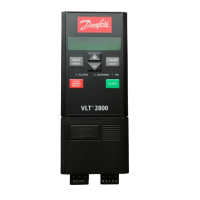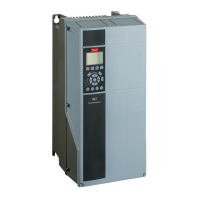4 • VACON
3 Validation steps
3.1 General testing instructions
The commissioning tests in this document are focused on validating the functionality of the integrated
safety functions and the related stopping and monitoring functions configured in the drive system.
The test objective is to verify proper configuration of the defined safety functions and of test mechanisms,
and to examine the response of specific monitoring functions to the explicit input of values outside
tolerance limits. The test must cover all drive-specific safety functions used in the final setup.
The way that the testing can be executed depends both on the configuration that is used for the safety
system and the general control of the process. At times the general control of the process may prevent the
process from reaching a monitoring limit at which the safety response would be triggered. Where possible,
other means of handling the safety should be disabled so that the safety responses executed by the safety
system, including the Advanced safety option board, can be tested.
The order of tests should be considered. The safety functions used for stopping the motor should be tested
first. After the correct operation of the stopping functions has been verified, the monitoring functions using
these functions can be tested. The test steps in this document are listed in order that is generally assumed
to be usable for the testing.
The safety function specific instructions instruct to activate the tested safety function from the desired
source. Safety functions can be requested either from a digital input or over safe fieldbus, and any source
that is being used should be tested. If both a digital input and a safe fieldbus is used to request a safety
function, the test for that safety function should be executed for both these sources.
If an unexpected violation occurs or an expected violation does not occur, try to understand the reason for
the incident. The reason could be related to
a) the parameterisation of ramp monitoring (the defined ramps are too strict/forgiving),
b) incorrect wiring that results in wrong safety functions being requested,
c) the system controlling the speed does not react to the safety functions in the expected way or at
all.
3.2 Preparing for commissioning
NOTE! The information in this chapter is also included in the Advanced safety options Operating Guide.
If it is possible, commission the AC drive first without the Advanced safety option board to make sure that
your process is operational.

